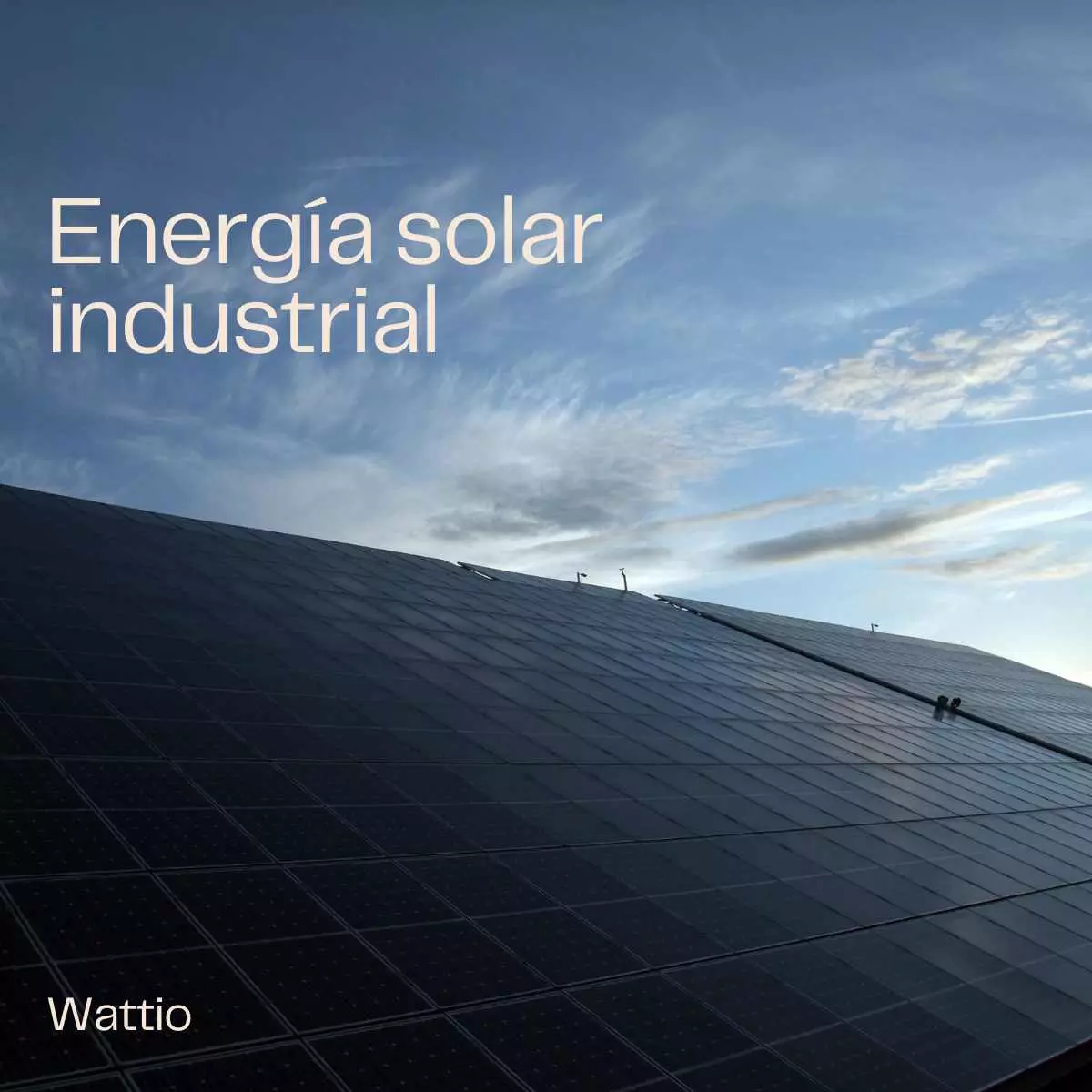Solar energy is clean, reliable and relatively inexpensive, making it an attractive option for companies looking to reduce their environmental impact and improve their bottom line.
With the right implementation strategies, companies can take advantage of this abundant resource and begin to reap its many benefits. In this blog post, we’ll explore how industrial solar works, examine its potential applications in various industries, discuss available financing options, and offer best practices for successful installation projects.
What is industrial solar energy and how does it work?
Industrial solar power is a form of renewable energy obtained from the sun. It is used to power factories and large companies around the world, and is gaining popularity in the business world due to its long-term cost-effectiveness. The process of obtaining industrial solar energy is through solar panels that attract the sun’s rays and transform them into electrical energy. The use of this technology means that the company can be more sustainable and environmentally friendly, in addition to reducing energy costs in the long term. Industrial solar energy is an excellent option to keep businesses running while protecting our planet.
Advantages of solar energy for industrial applications
Solar energy has become an increasingly popular energy source due to its many advantages.
In particular, this renewable energy has significant benefits for industrial applications, such as cost reduction and sustainability.
Instead of relying on traditional energy sources, solar energy can provide anything from a small amount of energy to massive amounts of energy, depending on the needs of your industrial application. In addition, by using solar panels, you can significantly reduce the amount of carbon emissions associated with energy production, which can make your company more competitive in an increasingly environmentally sensitive marketplace.
In short, the advantages of solar energy for industrial applications are innumerable, and any company looking to reduce costs and improve sustainability should consider making the switch to this type of renewable energy.
Challenges and limitations of solar energy in industry
Solar energy is presented as a renewable energy alternative for industry. However, there are certain challenges and limitations that must be considered. One of them is its dependence on sunlight, which means that energy production can be affected by factors such as climate and geographical location. In addition, the technology required to harness it can be expensive compared to other non-renewable energy sources. However, despite these challenges, solar power is an increasingly popular option for industries looking to reduce their carbon footprint. With the development of more efficient technologies and increasing demand, this energy alternative is likely to continue to evolve and improve in the coming years.
Examples of companies using industrial solar energy
An increasing number of companies in different sectors are using renewable energy, particularly solar energy.
This type of energy is key to reducing the environmental impact of industrial production, and also to reducing operating costs.
Examples of companies that are betting heavily on solar energy in their industrial operations include IKEA, which has solar panels in 347 stores and distribution centers around the world; BMW, which has a plant that produces electricity with solar panels at its Munich manufacturing complex; or the Japanese company SoftBank, which built the world’s largest solar power plant in India, with a generating capacity of 2.5 GW.
These examples show how solar energy is becoming a fundamental source for today’s economic production.
The future of industrial solar energy
The future of industrial solar energy looks bright, especially when we consider the environmental challenges we face.
It is true that the cost of solar technologies is still high compared to conventional energy sources, but more and more countries are investing in solar energy and this is bringing costs down. In addition, solar energy is renewable and does not emit greenhouse gases, which means it is a clean and sustainable solution to our energy needs.
Overall, the future looks bright for industrial solar energy and we expect to see more exciting innovations and developments in the coming years.
How to start implementing industrial solar energy
For companies looking to reduce their carbon footprint, solar power is an excellent solution. However, the transition to industrial solar can seem daunting. The first thing to do is to assess current energy consumption and define how much of that energy can be met with solar panels.
Next, consider the size of your property and whether there is enough space to install solar panels. Permits and approvals will also be necessary. Once you have all the paperwork in order, you can contact solar panel suppliers and installation companies to begin the process.
While it may seem like a tall order, investing in solar energy is an investment in the sustainable future of your business.
The future of industrial solar energy looks very promising, and its benefits are readily apparent. Not only does it provide clean, reliable energy that can help reduce a company’s operating costs over time, but it also helps reduce emissions and address climate change. However, while implementing industrial solar can be challenging for some companies due to upfront costs or lack of experience in the field, there are many resources available to help take those first steps.
In closing, recognizing the benefits associated with industrial solar energy is key for companies that want to stay ahead of the curve, both now and in the future. From developing strategies to better utilize existing sunlight resources to taking advantage of government incentives and tax rebates for initial investments, companies need to think proactively about incorporating these renewable solutions into their operations.
Doing so now will ensure a secure energy portfolio later.

